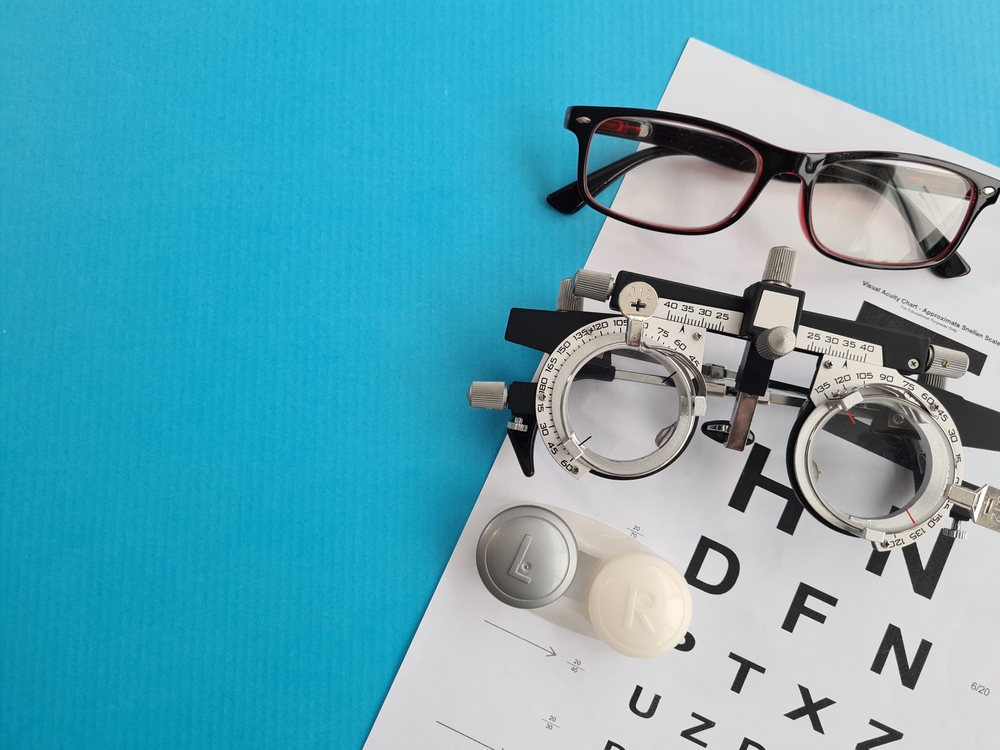What Is a Contact Lens Fitting?
December 18th, 2023
Contact lenses are a popular option for vision correction. Contacts correct the most common vision issues and can address more complicated concerns like astigmatism.
Before you start wearing contact lenses, you need to get a proper contact lens fitting from an eye doctor. Contacts are medical devices, and wearing the wrong contacts or not properly caring for them can damage your eyes.
A contact lens fitting ensures that the contacts you use sit properly on your eye and won’t cause injury or irritation.
Keep reading to learn more about contact lenses and contact lens fittings!
Who Can Wear Contact Lenses?
Most people with healthy eyes can wear contact lenses. Contacts can correct most common vision issues, such as:
- Nearsightedness (myopia)
- Farsightedness (hyperopia)
- Age-related farsightedness (presbyopia)
- Astigmatism
Your eye doctor may advise you not to wear contact lenses if you have dry eye disease or a history of recurrent eye infections. Contacts may not be a safe choice if you spend a lot of time in areas with dust or strong fumes.
What Happens During a Contact Lens Fitting?
A contact lens fitting has many of the same elements as a regular eye exam, including refraction, to determine your vision correction prescription. In addition, your eye doctor will take measurements and let you try sample lenses to get the perfect first.
When you go to your eye doctor for a contact lens fitting, they will first test your vision. This tells them how strong of vision correction you will need.
Then, they will perform a refraction, which will tell them your prescription. They will also take detailed measurements of your eyes.
They will use an instrument called a keratometer to determine the curvature of your cornea and to measure any degree of astigmatism.
How Do You Choose the Right Kind of Contact Lenses?
The details from your exam tell your eye doctor which kind of contacts will work best for you. There are two main types of contact lenses: soft contact lenses and hard contact lenses.
Soft Contact Lenses
These are contact lenses made of flexible plastic. Soft contacts come in multiple types.
There are some that you only wear once and some that can be used every day for a month or longer. Daily-wear contacts should be removed overnight, while extended-wear contacts can be worn for sleep.
Hard Contact Lenses
Hard contacts, also known as rigid gas permeable (RGP) lenses, are more rigid than soft lenses. Some people find they offer clearer vision. RGP lenses need to be removed overnight and cleaned and disinfected daily.
They are more costly, but they last longer than soft contacts. They are typically recommended to people with significant corneal astigmatism or other cornea conditions.
Trying on Contact Lenses
If they have the right size and type of contacts in the office, your ophthalmologist may have you try them on and see how they feel. In some cases, they will order trial contacts, and you will come back for a second appointment to try them on.
Your eye doctor or technician will teach you how to safely put contacts in and remove them. You will have an opportunity to practice in the office until you feel confident enough to insert and remove contacts without help.
Your eye doctor may suggest you start wearing contacts for short periods and gradually increase wear time. This gives your eyes time to adjust to wearing contacts.
Are you interested in trying contact lenses? Schedule an appointment at Laser Eye Center in Huntsville, AL, today!



